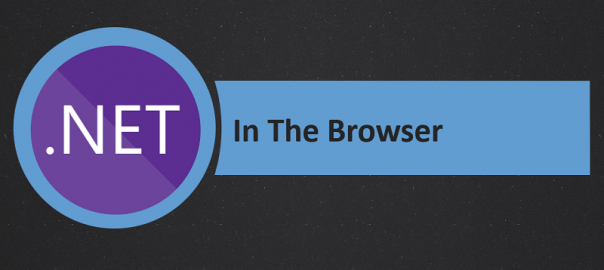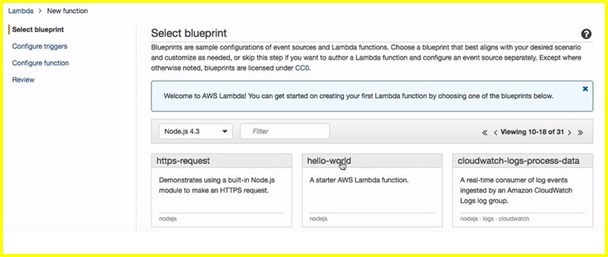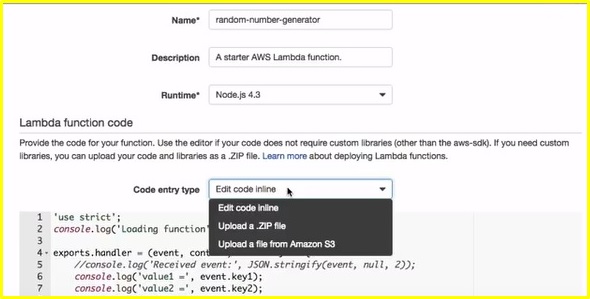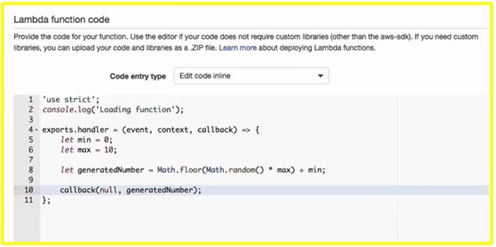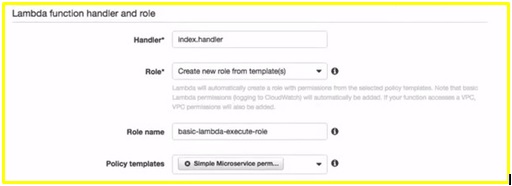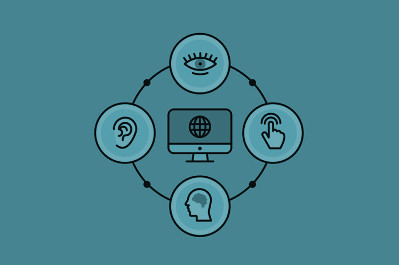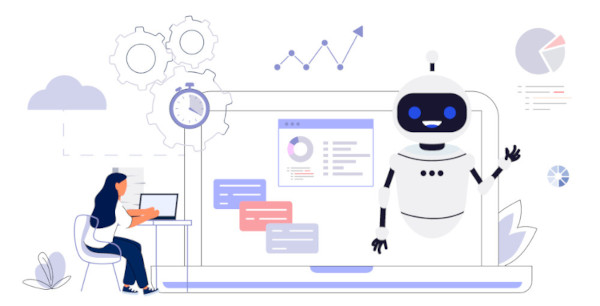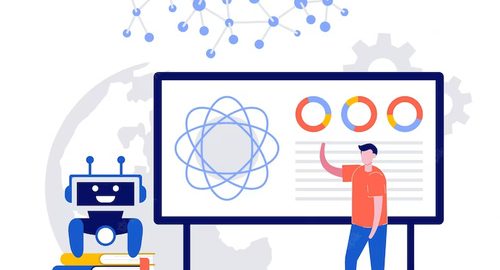Java is the only general purpose programming language which finds wide use by developers for building secure enterprise grade applications, desktop applications, web applications, and mobile apps. Java 9 further helps developers to build applications for both large and small devices by providing a number of new features – a new module system, a new command line tool, and several updated APIs. At the same time, Java is currently one of the most popular programming languages for machine learning.
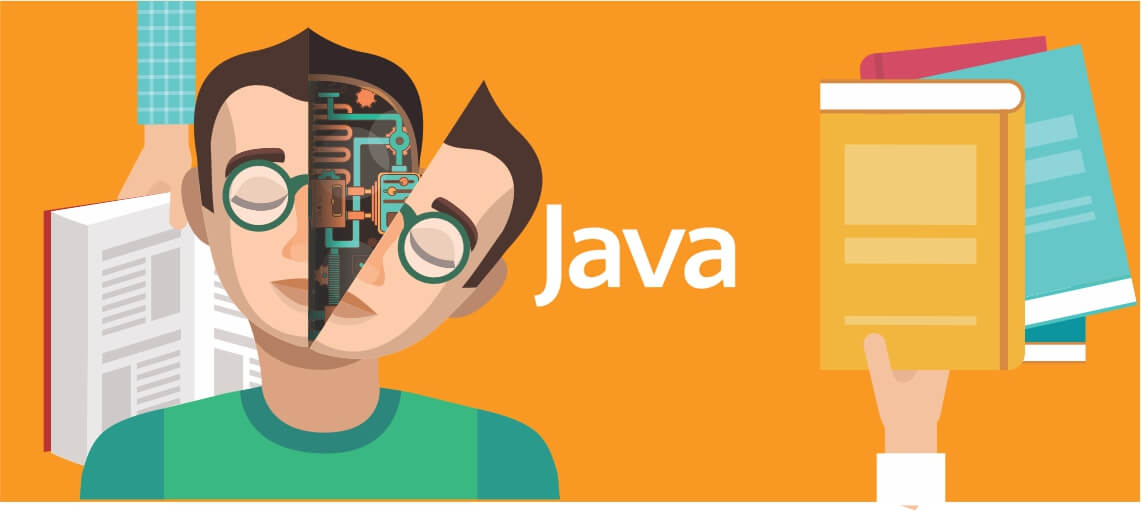
A large percentage of data scientists and machine learning developers prefer Java to other programming languages while improving network security, protect cyber attacks, and detect frauds. The language features available in Java makes it easier for programmers to write machine learning algorithms. The developers can accelerate custom machine learning application development by taking advantage of the Machine Learning libraries In Java.
Brief Overview of 10 Robust Machine Learning Libraries In Java
1) Java Machine Learning Library (Java-ML)
Java-ML is designed as a collection of machine learning algorithms. It even provides interface for various types of machine learning algorithms. By design, the library is a clear interface instead of graphical user interface. Hence, only skilled Java programmers and developers are able to use it . They have option to learn Java-ML by referring to its well-documented source code as well as tutorials and code samples.
2) Java Statistical Analysis Tool (JSAT)
The Java library for machine learning was developed by Edward Raff for self-education. JSAT still provides implementation of standard machine learning algorithms in pure Java. The developers can even use JSAT as a lightweight Java library without external dependencies. But they cannot use the library to solve complex machine learning project. JSAT still helps machine learning developers to sole small to medium size problems quickly.
3) Waikato Environment for Knowledge Analysis (Weka)
The machine learning algorithms provided by Weka helps developers to simplify a variety of data mining tasks. Weka even provides a number of tools for data pre-processing, classification, clustering, regression, and visualization. The developers even have option to use the machine learning algorithms provided by Weka to a dataset directly or call the algorithms from Java code. At the same time, the developers can also use Weka to create new machine learning schemas without putting extra time and effort.
4) Konstanz Information Miner (KNIME)
KNIME was originally an analytics and reporting library. But KNIME is currently one of the most popular build software for advanced data science. The tools provided by KNIME help users to discover new potential hidden in data, mine data for fresh insights, and predict new future. The data scientists can use KNIME to integrate different types of data collected from various sources to widely used tools. At the same time, the software developers can use KNIME to connect applications to data sources by creating custom connectors, implement new algorithms, and create new data visualization.
5) Environment for DeveLoping KDD-Applications Supported by Index-Structures (ELKI)
The open source data mining software is written in Java programming language. But it is compiled with Python and Maven. Despite being designed as research software, ELKI is designed based on extensions. It allows developers to use algorithms, indexes, visualization, data types, and distance functions as extensions. However, ELKI allows developers to keep the data management tasks and data mining algorithms separated. The separation further makes it easier for programmers to evaluate data mining algorithms and data management tasks independently.
6) RapidMiner
The commercial data science platform is currently being used by large enterprises like Samsung, GE, SalesForce, Cisco, Hitachi and Siemens. RapidMiner comes with a set of features and tools to simplify various tasks performed by data scientists. It even uses automated machine learning to speed up and simplify various data science projects. The data scientists can use RapidMiner Studio to create visual workflow, RapidMiner Server to simplify model deployment and management, and RapidMiner Radoop to implement code free data science.
7) Massive Online Analysis (MOA)
The widely used data stream mining framework comes with a number of machine learning algorithms and tools to evaluate the algorithms. While using MOA, developers can avail a variety of machine learning algorithms – classification, clustering, regression, concept drift detection, outlier detection, and recommender system. The developers can use MOA to perform real-time big data streaming and large scale machine learning. They even have option to extend and scale the Java-based framework to meet complex project needs.
8) Eclipse Deeplearning4j
Deeplearning4j is a Java based platform. The distributed deep learning library is compatible with a number of JVM-based programming languages – Kotlin, Scala and Clojure. Also, Deeplearning4j finds extensive use as a scalable and open source distribution library in varied business environments on distributed CPUs and GPUs. It even features micro-service architecture and takes advantage of a robust distributed computing framework like Hadoop. The developers can even avail the tools provided by Deeplearning4j to perform machine learning ETL operations, evaluate machine learning algorithms, and integrate Java and native C++.
9) Mallet
Mallet is designed as a Java-based package for a variety of machine learning applications to text. The sophisticated tools available in Mallet make it easier for developers to simplify document classification, sequence tagging, topic modelling, and numerical optimization. At the same time, Mallet transforms text documents into numerical representation efficiently and flexibly through a system of pipes. The user can even extend Mallet through add-on packages to meet complex project needs.
10) Encog Machine Learning Framework
In addition to supporting advanced machine learning algorithms, Encog also supports classes for data normalization and processing. The framework further provides multi-threaded training algorithms that can scale according to multicore hardware. Encog makes it easier for programmers to model and train machine learning algorithms by providing a GUI-based workbench. It supports an array of standard machine learning algorithms including neural networks, genetic programming, Bayesian networks, hidden Markov models, and support vector machine.
On the whole, the Java developers have option to choose from a wide range of Java libraries for machine learning. Some of these libraries are machine learning development platforms, whereas others provide a collection of machine learning algorithms. Hence, the developers must keep in mind the precise needs of each project while comparing these widely used machine learning libraries for Java programming language.
